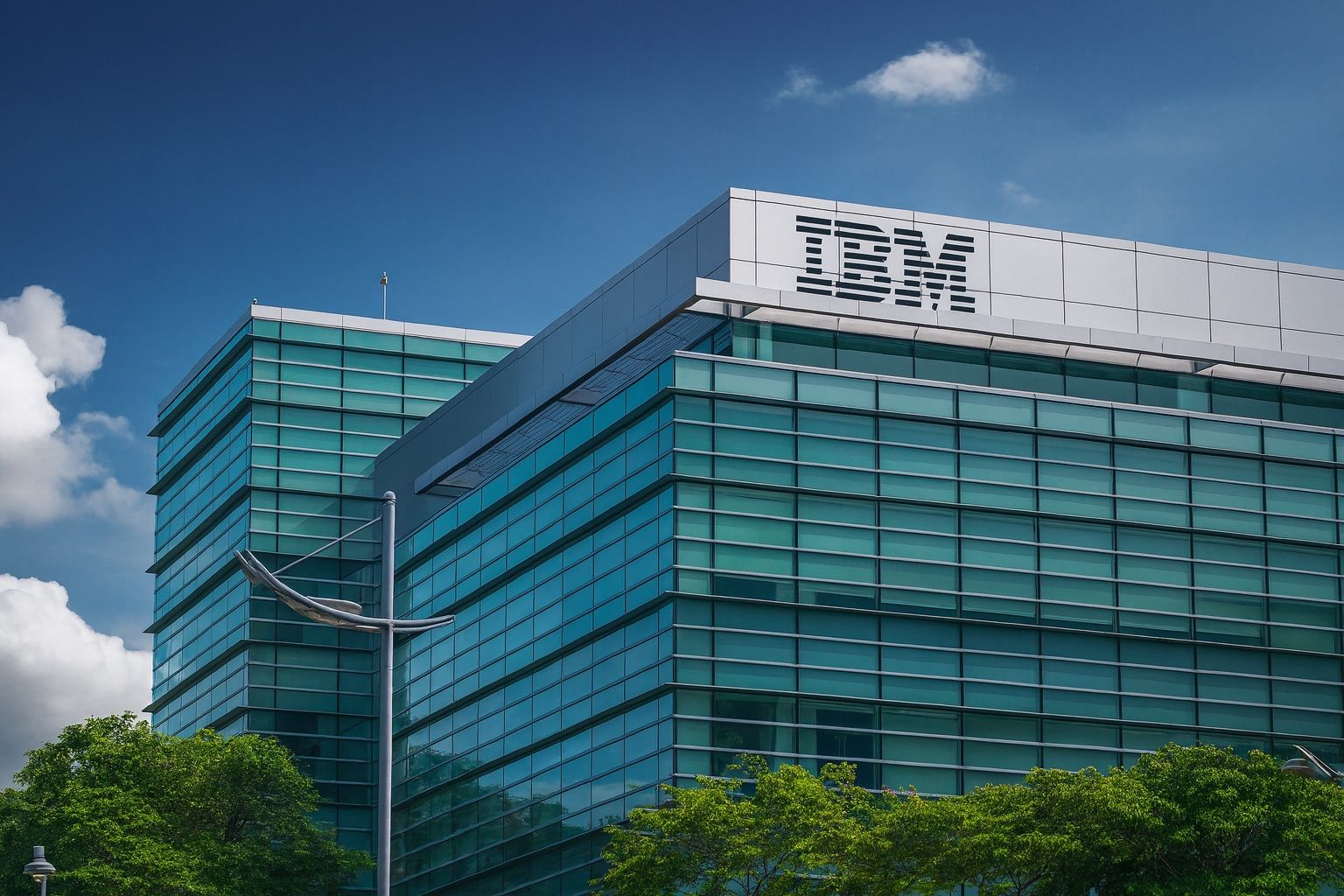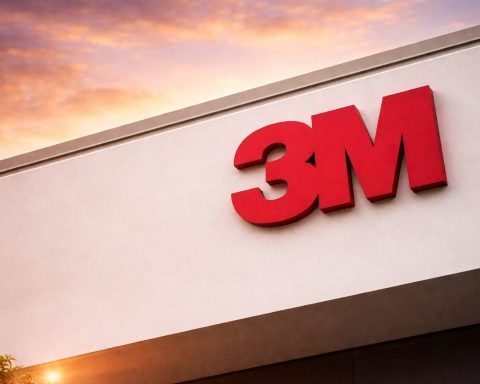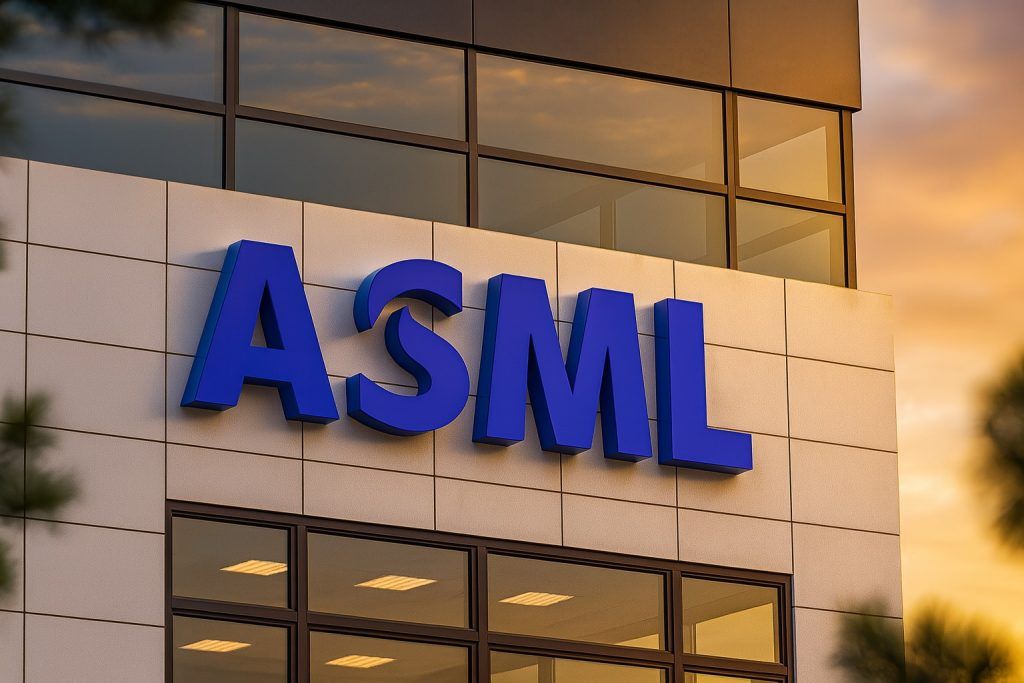- Price & Performance: IBM shares trade around $280 (Oct. 17 close) [1], near a multi-year high (late Sept peak ~$296). The stock is up about 28% year-to-date, far outpacing the S&P 500’s ~13% rise [2] [3]. (On Oct. 17 IBM closed at $281.28, +1.9% on the day [4].)
- Recent News: In early October IBM announced major AI/tech deals: a cloud supercluster partnership with AMD for AI startup Zyphra (Oct. 1) [5], new Granite 4.0 AI models (Oct. 2) [6], integration of Anthropic’s Claude AI (Oct. 7) [7], and an India cloud tie-up with Bharti Airtel (Oct. 15) [8]. It also revealed three new IBM–Oracle AI “agents” for enterprise tasks (Oct. 16) [9] and agreed to acquire Cognitus (Oct. 15), bolstering its SAP services [10].
- Analyst Consensus: Wall Street is mixed/neutral. Consensus is roughly Hold/Neutral with an average 12‑month target near $280–$286 [11] [12]. Many top firms see limited upside: Goldman and Stifel have buy ratings with targets around $310, BMO $300, while Morgan Stanley and Bernstein remain neutral (Sacconaghi’s target $280) [13]. Bullish forecasters (BofA $310, Wedbush $325) argue AI/cloud execution could lift shares higher [14], but skeptics note IBM’s rich valuation (forward P/E ~45×) and intense cloud competition (bear case target ~$198) [15] [16].
- Dividend & Valuation: IBM pays $6.72 annual dividend (2.3% yield) and is a Dividend Aristocrat (29 consecutive annual raises) [17]. Its market cap is about $260–$270B, with forward P/E well above historical norms [18] – reflecting high growth expectations.
Stock Performance & Recent Moves
IBM’s stock has been on a tear in fall 2025. After bottoming near $210 last August, it has rallied into the high $270s–$280s. For example, it closed around $279 on Oct. 13, just shy of its late-September peak (~$296) [19]. This roughly 28% YTD gain greatly outstrips the S&P 500’s YTD rise [20]. In mid-October the stock pushed higher on news flow: after closing around $276 on Oct. 13, it closed $281.28 (+1.9%) on Oct. 17 [21]. Trading volume has ticked up with the rally, as investors cheer IBM’s tech pivot.
Investors credit IBM’s recent wins in AI, cloud and quantum computing. In late September, IBM announced a quantum computing trial with HSBC that improved bond-trading forecasts by 34% – a real-world breakthrough [22]. In January 2025, IBM beat Q4 profit estimates, with analysts noting its strong software growth (Matt Swanson of RBC: “more growth from software…comes with a lot better margins” [23]) and management forecasting at least 5% revenue growth in 2025 [24]. These fundamentals – plus a raised full-year cash-flow target (~$13.5B) after Q2 2025 [25] [26] – underpin the stock’s rally, even as its valuation leaves “not a lot of room to miss” on upcoming earnings [27].
Major AI and Cloud Deals
IBM has been aggressive with partnerships and product launches this month:
- Airtel Cloud Partnership (Oct. 15): IBM teamed up with India’s Bharti Airtel to offer IBM’s cloud, AI and consulting services on Airtel’s new cloud platform [28]. The deal includes new data centers in Mumbai and Chennai, expanding IBM’s footprint in a key market.
- Oracle AI “Agents” (Oct. 16): IBM unveiled three AI “agents” built with Oracle’s AI Agent Studio to automate tasks like sales-entry and contract workflow [29]. IBM Consulting’s Neil Dhar said this joint effort “combines our collective enterprise AI and business transformation expertise” [30]. (IBM also plans more agents for HR and supply-chain tasks using its Watsonx Orchestrate platform.)
- Anthropic Integration (Oct. 7): IBM struck a strategic partnership with AI startup Anthropic, embedding Anthropic’s Claude large language models into IBM’s developer tools [31]. IBM’s software chief Dinesh Nirmal said the deal “enhances our software with advanced AI” capabilities [32]. After the announcement, IBM stock jumped (~+1.5%) as IBM led the Dow’s gains [33].
- Watsonx Granite 4.0 (Oct. 2): IBM launched Granite 4.0, its latest family of enterprise AI models [34]. These models use a novel “Mamba+Transformer” design to cut memory needs by ~70% for long-context tasks, and are open-source and ISO-certified for corporate use [35]. This builds on IBM’s emphasis on scalable, secure AI tools.
- AMD Supercomputer (Oct. 1): In partnership with AMD and AI startup Zyphra, IBM announced one of the largest generative-AI training supercomputers [36]. Hosted on IBM Cloud, the 100%-AMD GPU cluster will train Zyphra’s open-source “Maia” language model, underscoring IBM’s push into AI infrastructure.
- Acquisition of Cognitus (Oct. 15): IBM agreed to buy Cognitus, a Dallas-based SAP consulting firm, to boost its AI-driven enterprise software services in regulated industries [37]. This move strengthens IBM’s Red Hat/OpenShift consulting business in sectors like aerospace and utilities (per IBM’s PR).
These announcements illustrate IBM’s strategy of combining AI, cloud and quantum to attract enterprise clients. As one commentator put it, IBM is “a quiet way to play AI and quantum” – it may not always grab headlines, but it has been steadily building technology platforms [38].
Financials & Business Strategy
IBM’s latest financial results underpin its momentum. In Q2 2025 (ended June), IBM reported revenue of $16.98B and adjusted EPS of $2.80, both above analyst forecasts [39] [40]. Strength in its core businesses – especially increased demand for AI-optimized mainframes and hybrid cloud software – helped offset a modest decline in legacy consulting. For example, Reuters noted “consulting sales grew 3%,” ending five straight quarters of decline, as companies spent to integrate AI [41].
However, not everything was rosy: IBM’s software segment saw some weakness, with flat transaction-processing sales, and investors flagged that as a risk [42]. Finance chief Jim Kavanaugh told Reuters that customers are shifting spending from traditional software to IBM’s new AI-oriented systems [43]. Still, IBM’s overall execution earned praise – it even raised its full-year profit and cash-flow guidance after Q2 [44] [45]. Its so-called “AI book of business” (total AI-related bookings) grew to $7.5B in Q2, up $1.5B from the prior quarter [46], reflecting accelerating enterprise AI projects.
IBM’s management repeatedly highlights the company’s strategic pivot. CEO Arvind Krishna has emphasized IBM’s focus on hybrid cloud, AI and quantum computing. The company is doubling down on its Red Hat/OpenShift cloud platform, developing AI-native enterprise software (Watsonx), and building advanced hardware (LinuxONE mainframes, Power chips with AI accelerators). It is also pursuing quantum computing leadership – for instance, IBM just helped open Europe’s first IBM Quantum System Two in Spain (announced early Oct) and is working on real-world trials [47].
In addition, IBM continues a steady dividend for shareholders. It pays $1.68 per quarter ($6.72/year), yielding about 2.3% [48], and has raised its dividend for 29 straight years, reinforcing its appeal to income investors.
Analyst Commentary & Outlook
Analysts remain cautiously optimistic but emphasize that IBM’s valuation leaves little room for error. According to MarketBeat, roughly half of surveyed analysts rate IBM a “Buy,” but the consensus 12-month target is only about $280–$286 [49] [50] – essentially flat from current levels. Simply Wall Street’s fair-value model also pegs fair price near $281 (nearly identical to today’s price) [51].
Notable analyst forecasts illustrate the divide: Bank of America’s Wamsi Mohan and Wedbush’s Dan Ives have set targets as high as $310–$325 (Bullish) [52], arguing that if IBM continues to beat expectations and land big AI deals, shares could run well above $300. On the other hand, firms like UBS and even Morgan Stanley see more limited upside (Sacconaghi at Bernstein holds a $280 target) or warn that $IBM’s high forward P/E (~45×) doesn’t leave much margin [53]. For example, Morgan Stanley’s Erik Woodring (Oct. 15) raised his price target only modestly to $256 (Equal Weight), noting that software growth should meet expectations but IBM trades at a premium to peers [54].
Expert quotes:
- “You’re seeing the stock pull back, because there’s just not a lot of room to miss,” said Dan Morgan (Synovus Trust) after IBM’s Q2 results [55]. His warning underscores that IBM’s recent gains mean any earnings shortfall could trigger a sell-off.
- “When you see more growth come from software, that comes with a lot better margins,” noted Matt Swanson of RBC Capital, praising IBM’s shift toward higher-margin software and AI services [56].
- Michael Schulman (Running Point Capital) said IBM’s beat-and-raise performance demonstrates “confidence in (IBM’s) AI and cloud strategy” [57], reflecting investor belief in its transformation.
Short-term: All eyes are on IBM’s Q3 earnings call (slated for Oct 22, after market). Street estimates are for roughly $3.00 EPS and ~$16.1B revenue [58] [59] – a continuation of mid-single-digit growth. IBM’s own guidance is for “at least mid-single-digit” constant-currency revenue growth in 2025. The outlook is bullish as long as IBM keeps beating modest forecasts. However, analysts caution that with the stock near highs and expectations baked in, the quarter is a make-or-break moment. As Reuters observed, latecomers to the rally “have just not a lot of room to miss” [60].
Long-term: Over the next few years, IBM’s trajectory hinges on execution. Bulls argue that if IBM’s AI/cloud offerings (including Watsonx platforms and consulting deals) and quantum innovations gain traction, the company deserves a rich multiple. Under that scenario, $300+ price targets could materialize. Bears counter that IBM remains a large, slower-growing tech firm facing tough competition (from AWS, Google Cloud, Microsoft, etc.), so its growth may stay modest. In any case, IBM’s financial strength (strong cash flow, recurring licensing revenue, and a safe dividend) means a significant crash seems unlikely. Investors are advised to watch for concrete proof that IBM’s new tech initiatives translate into faster profit growth. As one market note put it, IBM’s comeback story is compelling, but “with its high valuation, investors should tread carefully and watch upcoming results closely.”
Sources: Latest IBM news, press releases and analysis (IBM Newsroom, Reuters, MarketBeat, TS2.tech, etc.) [61] [62] [63] [64]. All data current as of Oct 19, 2025.
References
1. ts2.tech, 2. ts2.tech, 3. ts2.tech, 4. stockanalysis.com, 5. ts2.tech, 6. ts2.tech, 7. ts2.tech, 8. ts2.tech, 9. ts2.tech, 10. ts2.tech, 11. ts2.tech, 12. ts2.tech, 13. ts2.tech, 14. ts2.tech, 15. ts2.tech, 16. ts2.tech, 17. ts2.tech, 18. ts2.tech, 19. ts2.tech, 20. ts2.tech, 21. stockanalysis.com, 22. ts2.tech, 23. www.reuters.com, 24. www.reuters.com, 25. news.alphastreet.com, 26. ts2.tech, 27. www.reuters.com, 28. ts2.tech, 29. ts2.tech, 30. ts2.tech, 31. ts2.tech, 32. ts2.tech, 33. ts2.tech, 34. ts2.tech, 35. ts2.tech, 36. ts2.tech, 37. ts2.tech, 38. ts2.tech, 39. ts2.tech, 40. www.reuters.com, 41. www.reuters.com, 42. www.reuters.com, 43. www.reuters.com, 44. ts2.tech, 45. www.reuters.com, 46. www.reuters.com, 47. ts2.tech, 48. ts2.tech, 49. ts2.tech, 50. ts2.tech, 51. ts2.tech, 52. ts2.tech, 53. ts2.tech, 54. www.tipranks.com, 55. www.reuters.com, 56. www.reuters.com, 57. www.reuters.com, 58. news.alphastreet.com, 59. ts2.tech, 60. www.reuters.com, 61. ts2.tech, 62. ts2.tech, 63. www.reuters.com, 64. www.reuters.com








